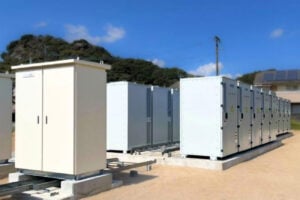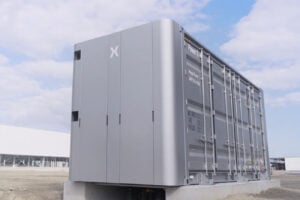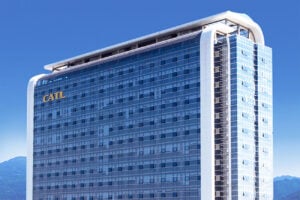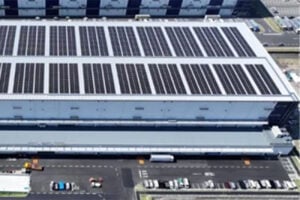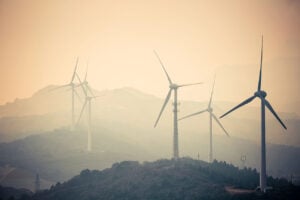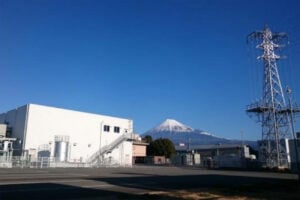
Saibu Gas will add battery storage to five solar power plants owned by its group company Eneseed in Kyushu and switch the assets from the feed-in-tariff (FIT) to the feed-in-premium (FIP) scheme, the company announced on July 31, 2025.
According to the statement, BESS is already being built at Eneseed’s 750kWAC/915kWDC Nagasaki No. 2 solar plant. Within FY2025, it also plans to add batteries to four of the affiliate’s solar assets in Kitakyushu City ranging between 1.5MWAC/1.7MWDC and 2MWAC/2.4MWDC.
All five projects won METI’s subsidy for co-locating storage with renewable generation, which covers one-third or one-half of capital expenditures depending on circumstances. The Nagasaki project received an undisclosed sum under the scheme’s initial FY2024 budget. Two of the Kitakyushu projects were awarded about 150 million yen and two about 177 million yen under the same fiscal year’s supplemental budget.
Once converted to FIP, Eneseed will sell the power plants’ output, including the associated non-fossil certificates, to Saibu Gas, which will use it for its power retail business. The assets will initially be aggregated by a third-party, reported by The New Energy Business News to be Toshiba Energy Systems & Solutions, but Saibu Gas said it eventually aims to bring the function in-house.
According to the same report, Saibu Gas will use GS Yuasa batteries. The capacity of the systems was not disclosed.
Four of the five power plants were FIT-certified during the scheme’s inaugural year, FY2012, when solar projects 10kW or larger were offered 40 yen per kWh. The remaining one followed in FY2013 at 36 yen per kWh. Their contracts are set to expire between 2032 and 2034.
Saibu Gas joins a growing list of companies beginning to convert their existing FIT power plants to FIP and co-locating them with storage, a strategy believed to allow the recovery of revenues increasingly lost to economic curtailment. Among others, Itochu and Kyudenko, Tokyo Century and Kyocera, and SMFL Mirai Partners revealed similar efforts recently.
Target Eneseed Solar Power Plants in Kyushu
- Kitakyushu City, Fukuoka Prefecture
- 1.5MWAC/1.7MWDC Kyonan Solar Power Plant (FY2012 FIT, July 2013 COD, July 2033 expiration)
- 2MWAC/2.3MWDC Kishi Solar Power Plant (FY2012 FIT, March 2014 COD, March 2034 expiration)
- 1.5MWAC/1.8MWDC Kitakyushu Solar Power Plant (FY2012 FIT, December 2012 COD, December 2032 expiration)
- 2MWAC/2.4MWDC Kitakyushu No. 2 Solar Power Plant (FY2013 FIT, December 2015 COD, February 2034 expiration)
- Nagasaki City, Nagasaki Prefecture
- 750kWAC/915kWDC Nagasaki No. 2 Solar Power Plant (FY2012 FIT, September 2013 COD, September 2033 expiration)

